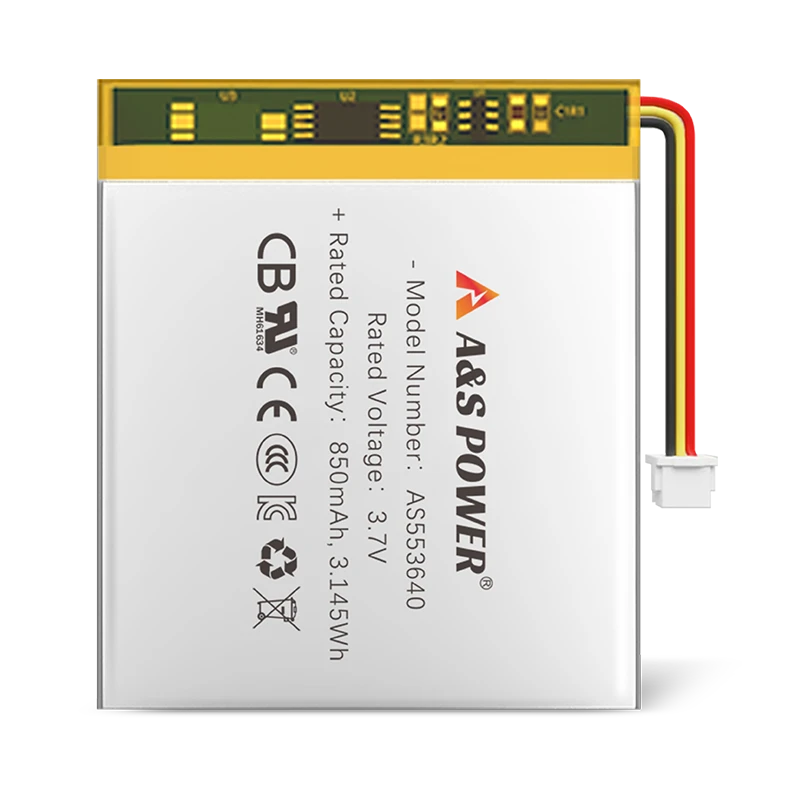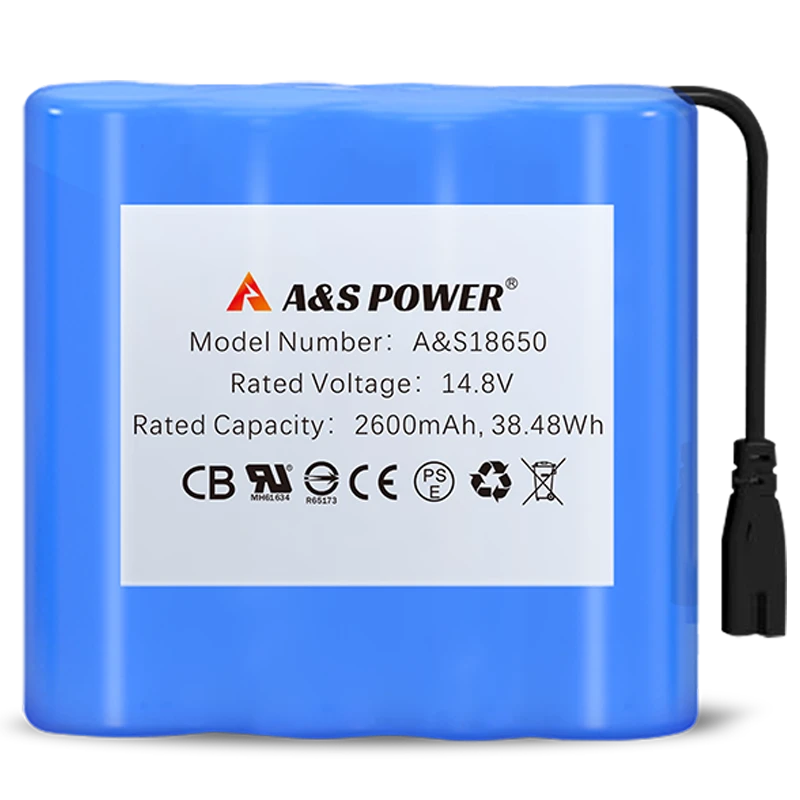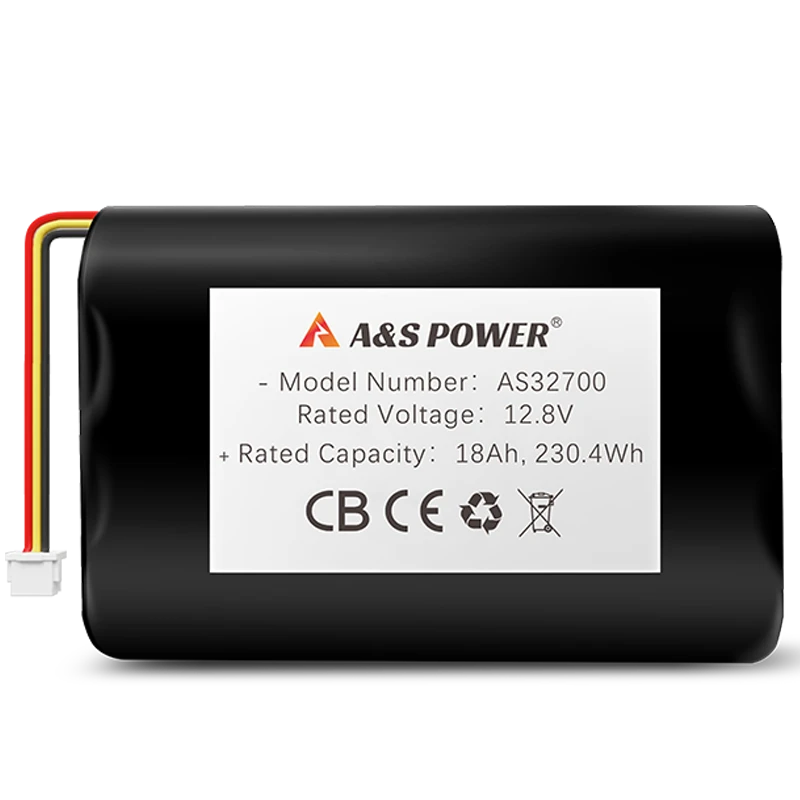Electrochemical characteristics of lithium-ion battery materials and structures
Electrochemical Characteristics of Lithium-Ion Battery Materials and Structures
The foundational principles governing the performance, safety, and longevity of lithium-ion batteries are intrinsically tied to the electrochemical properties of their constituent materials and the architectural design of their internal structures, which collectively determine the efficiency of ion transfer, energy density, thermal stability, and overall reliability in applications ranging from portable electronics to large-scale energy storage systems. At the heart of every lithium-ion battery lies a complex interplay between anode and cathode materials, electrolytes, separators, and current collectors, each meticulously engineered to optimize specific characteristics such as ionic conductivity, electron mobility, structural integrity, and resistance to degradation over repeated charge-discharge cycles. Contemporary advancements in battery technology have focused extensively on enhancing these electrochemical attributes through the adoption of novel materials including silicon-based anodes, high-nickel layered oxide cathodes, solid-state electrolytes, and sophisticated nanostructured composites that offer superior capacity retention and improved safety profiles compared to conventional graphite and lithium cobalt oxide systems. The relentless pursuit of higher energy densities—driven by escalating demands from the electric vehicle industry and grid storage sector—has necessitated a deeper understanding of electrochemical phenomena such as lithium plating, solid electrolyte interphase (SEI) formation, cation mixing, and phase transitions, which can significantly influence battery performance and lifespan if not properly managed. According to comprehensive market analyses and technical reports from leading research institutions, the global lithium-ion battery market is projected to exceed $130 billion by 2030, with innovations in electrochemical material design accounting for over 40% of performance improvements in next-generation batteries, underscoring the critical role of material science in advancing energy storage technology.
Fundamental Electrochemical Properties of Anode and Cathode Materials
Advancements in Anode Material Technologies and Their Performance Metrics
The anode serves as the critical component where lithium ions are stored during charging through a process of intercalation, alloying, or conversion reactions, with the choice of material profoundly impacting the battery's capacity, rate capability, cycling stability, and safety characteristics. Traditional graphite anodes, which operate primarily through intercalation mechanisms at a relatively low potential of about 0.1-0.2 V versus Li/Li+, offer good reversibility and moderate specific capacity of 372 mAh/g, but are increasingly being supplemented or replaced by advanced materials that can meet the demands of high-energy applications. Silicon-based anodes have emerged as a promising alternative due to their exceptionally high theoretical capacity of 4200 mAh/g, achieved through alloying reactions with lithium, although they suffer from substantial volume expansion exceeding 300% during lithiation, leading to mechanical degradation and loss of electrical contact if not properly engineered through nanostructuring or composite formation. Recent developments have focused on incorporating silicon oxide (SiOx), silicon-carbon composites, and porous silicon architectures that mitigate pulverization issues while maintaining capacities in the range of 1500-2000 mAh/g for over 1000 cycles, making them commercially viable for premium electronics and electric vehicles. Meanwhile, lithium titanium oxide (LTO) anodes, operating at a higher voltage of 1.55 V versus Li/Li+, provide exceptional cycle life exceeding 20,000 cycles and superior safety due to minimal SEI formation and zero lithium plating, making them ideal for applications where longevity and reliability outweigh energy density considerations. The following table summarizes the key electrochemical properties of prominent anode materials:
| Anode Material | Theoretical Capacity (mAh/g) | Average Working Potential (V vs. Li/Li+) | Volume Change During Lithiation | Cycle Life (to 80% Capacity) | Primary Applications |
|---|---|---|---|---|---|
| Graphite | 372 | 0.1-0.2 | ~10% | 1000-2000 | EVs, Consumer Electronics |
| Silicon (Si) | 4200 | 0.4-0.5 | >300% | 500-1000 (bare) | High-energy EVs, Aerospace |
| Silicon Oxide (SiOx) | 2400-2800 | 0.3-0.5 | 150-200% | 800-1200 | Premium Smartphones, Laptops |
| Lithium Titanate (LTO) | 175 | 1.55 | <1% | 15,000-20,000 | Grid Storage, Electric Buses |
| Hard Carbon | 400-500 | 0.2-0.8 | ~5% | 1000-1500 | Stationary Storage, Low-temperature Apps |
Innovations in Cathode Chemistries and Their Electrochemical Behaviors
Cathode materials function as the source of lithium ions during discharge, with their electrochemical performance being determined by crystal structure, operating voltage, specific capacity, and stability under high-voltage operation, all of which directly influence the energy density and cost of the final battery system. Layered oxide cathodes such as lithium cobalt oxide (LCO) offer high volumetric energy density and good conductivity but suffer from limited cycle life and thermal instability, leading to the development of nickel-rich NMC (LiNiMnCoO2) and NCA (LiNiCoAlO2) formulations that achieve specific capacities exceeding 220 mAh/g and enhanced safety through manganese and aluminum stabilization. Phosphate-based cathodes like lithium iron phosphate (LFP) have gained significant traction due to their outstanding thermal stability, flat voltage profile around 3.2-3.3 V, and cycle life surpassing 4000 cycles, albeit with lower energy density compared to nickel-rich systems, making them particularly suitable for applications prioritizing safety and longevity over compact size. Emerging cathode technologies include lithium-rich manganese-based layered oxides (xLi2MnO3·(1-x)LiMO2) that can deliver capacities above 250 mAh/g through anion redox activity, and high-voltage spinels such as LiNi0.5Mn1.5O4 operating at 4.7 V that offer high power density but require compatible electrolytes resistant to oxidation. Research published in Nature Energy indicates that progressive advancements in cathode material design, including core-shell structures, concentration-gradient particles, and single-crystal morphologies, have contributed to a 35% improvement in energy density over the past five years while simultaneously reducing cobalt content to below 5% in state-of-the-art formulations, addressing both performance and ethical sourcing concerns.
Electrolyte and Separator Technologies: Enabling Efficient Ion Transport and Safety
Formulation and Functional Characteristics of Liquid and Solid Electrolytes
Electrolytes serve as the medium for lithium-ion conduction between electrodes, with their ionic conductivity, electrochemical stability window, viscosity, and interfacial compatibility dictating the battery's rate performance, operating temperature range, and safety under abusive conditions. Conventional liquid electrolytes consist of lithium hexafluorophosphate (LiPF6) salts dissolved in organic carbonate solvents like ethylene carbonate (EC) and dimethyl carbonate (DMC), providing conductivities in the range of 10-15 mS/cm at room temperature and forming stable SEI layers on carbonaceous anodes, but they are inherently flammable and susceptible to decomposition at voltages above 4.3 V. Recent innovations have introduced new salts such as lithium bis(fluorosulfonyl)imide (LiFSI) and lithium bis(trifluoromethanesulfonyl)imide (LiTFSI) that offer improved thermal stability and higher conductivity, along with fluorinated solvents and concentrated electrolyte formulations that extend the anodic stability limit to 5.5 V or higher, enabling compatibility with high-voltage cathodes. Solid-state electrolytes represent the next frontier in battery safety and energy density, encompassing ceramic materials like garnet-type Li7La3Zr2O12 (LLZO) and sulfide glasses such as Li2S-P2S5 that achieve ionic conductivities rivaling liquids (0.1-10 mS/cm) while eliminating flammability risks, though challenges remain regarding interfacial resistance and manufacturing scalability. Hybrid and quasi-solid electrolytes incorporating polymers, gels, or inorganic fillers offer a compromise between the high conductivity of liquids and the safety of solids, with in-situ polymerization techniques creating interconnected ion transport channels that facilitate stable cycling at current densities above 3 mA/cm² without leakage or dendrite formation, as demonstrated in recent studies from the Journal of the Electrochemical Society.
Structural and Functional Attributes of Advanced Separator Materials
Separators play a pivotal role in preventing electrical short circuits while facilitating ion flow through their porous structure, with their mechanical strength, thermal shutdown properties, wettability, and electrolyte uptake characteristics being critical for overall battery safety and performance. Traditional polyolefin separators made from polyethylene (PE) or polypropylene (PP) offer excellent chemical stability and low cost but have limited thermal resistance, melting at around 135°C for PE and 165°C for PP, which can lead to internal short circuits under overheating conditions unless coated with ceramic particles or aromatic polyamides. Ceramic-coated separators incorporating alumina (Al2O3), silica (SiO2), or titania (TiO2) nanoparticles provide enhanced thermal stability up to 200°C, improved wettability for polar electrolytes, and higher mechanical puncture resistance, reducing the risk of dendrite penetration in high-energy cells undergoing aggressive cycling. Nonwoven separators based on aramid fibers or cellulose offer even higher thermal stability exceeding 250°C and greater porosity for improved electrolyte retention, though at a higher cost that may be justified in premium applications such as electric vehicle batteries or aerospace systems. Recent developments include smart separators with shutdown functionality that rapidly close pores at elevated temperatures, as well as composite separators integrating solid electrolyte layers that suppress dendrite growth and enable lean-electrolyte operation for higher energy density, contributing to a 30% reduction in thermal runaway incidents according to safety reports from leading battery manufacturers.
Structural Design Considerations and Their Impact on Electrochemical Performance
Electrode Architecture and Its Influence on Ion and Electron Transport
The macroscopic and microscopic design of electrodes significantly affects the transport kinetics of lithium ions and electrons, with parameters such as porosity, tortuosity, thickness, binder distribution, and conductive additive network determining the rate capability, capacity utilization, and cycling stability of the battery. High-loading electrodes—essential for achieving high energy density—often suffer from increased tortuosity that impedes ion transport, leading to concentration polarization and underutilization of active material, particularly at high discharge rates; strategies to mitigate this include designing gradient porosity profiles or incorporating vertically aligned channels that facilitate ion access to the entire electrode thickness. Conductive additives like carbon black, graphene, or carbon nanotubes form percolation networks that enhance electronic conductivity, especially in low-conductivity active materials such as LFP, with optimized formulations achieving conductivities above 10 S/cm while adding minimal weight or volume. Advanced binder systems comprising styrene-butadiene rubber (SBR), carboxymethyl cellulose (CMC), or polyacrylic acid (PAA) with crosslinkable functionalities improve mechanical resilience against volume changes in silicon anodes and maintain electrode integrity over thousands of cycles, reducing capacity fade to less than 0.01% per cycle in commercial cells. Research from the ACS Applied Materials & Interfaces journal highlights that electrodes fabricated via freeze-tape-casting or magnetically assisted alignment techniques can reduce tortuosity by over 50% compared to conventional slurry-cast electrodes, enabling areal capacities above 6 mAh/cm² without sacrificing rate performance, a critical advancement for electric vehicle batteries requiring fast charging capabilities.
Cell Format Design and Its Electrochemical Implications
The physical configuration of battery cells—whether cylindrical, prismatic, or pouch—affects heat dissipation, current distribution, volumetric energy density, and mechanical stability, with each format offering distinct advantages and challenges from an electrochemical perspective. Cylindrical cells (e.g., 21700 or 4680 formats) provide robust mechanical containment due to their stainless steel casing, minimizing volume expansion issues and enabling efficient thermal management through their curved surfaces, though they inherently have lower packaging efficiency (typically 80-90%) compared to pouch cells, which can exceed 95% due to their flexible laminated packaging. Prismatic cells strike a balance between mechanical rigidity and space utilization, often incorporating multi-tab designs that reduce internal resistance and minimize current inhomogeneity across large electrodes, thereby improving cycle life and reducing heat generation during high-rate operation. Pouch cells offer the highest energy density and design flexibility but require external pressure to maintain electrode contact and are more susceptible to swelling and electrolyte evaporation over time, necessitating precise control over formation cycling and sealing processes to ensure long-term performance. Studies from the Journal of Power Sources indicate that cell formats incorporating bidirectional current collection (e.g., tabless designs like Tesla's 4680 cell) can reduce internal resistance by up to 50%, lowering Joule heating during fast charging and enabling C-rates of 3-4C without excessive temperature rise, a crucial factor for reducing charging times in electric vehicles and portable tools.
-

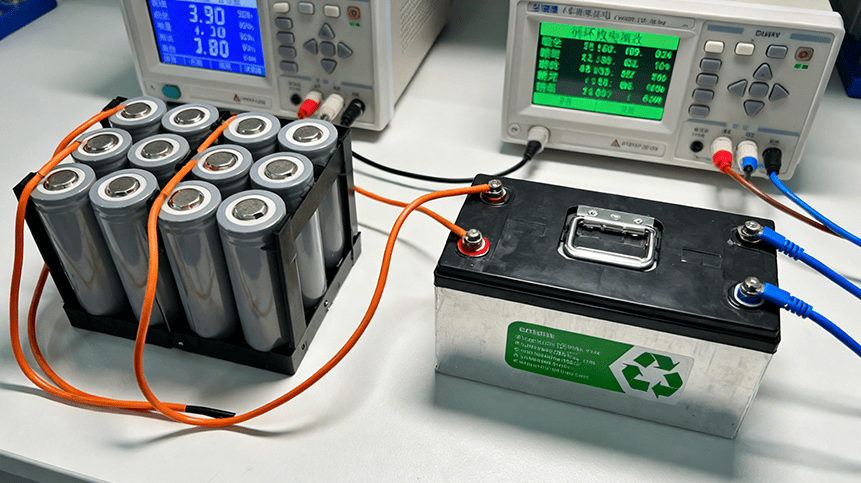 May.2025.11.24Ternary Lithium Battery vs Lithium-ion: Complete Comparison Guide (2025 Edition)Learn More
May.2025.11.24Ternary Lithium Battery vs Lithium-ion: Complete Comparison Guide (2025 Edition)Learn More -

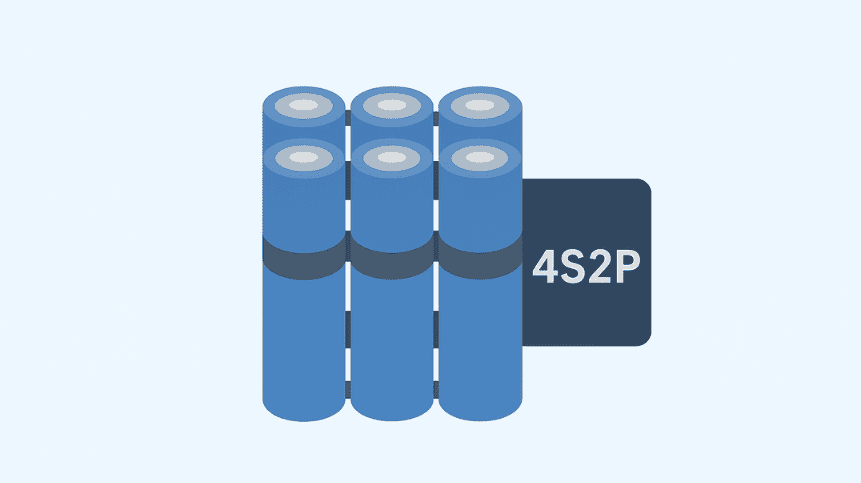 May.2025.11.214S2P 18650 14.8V Battery: Complete Technical Guide, Specs, Applications & SafetyLearn More
May.2025.11.214S2P 18650 14.8V Battery: Complete Technical Guide, Specs, Applications & SafetyLearn More -

 May.2025.11.18PCM vs BMS in Lithium Batteries: What’s the Difference and Which One Do You Need?Learn More
May.2025.11.18PCM vs BMS in Lithium Batteries: What’s the Difference and Which One Do You Need?Learn More -

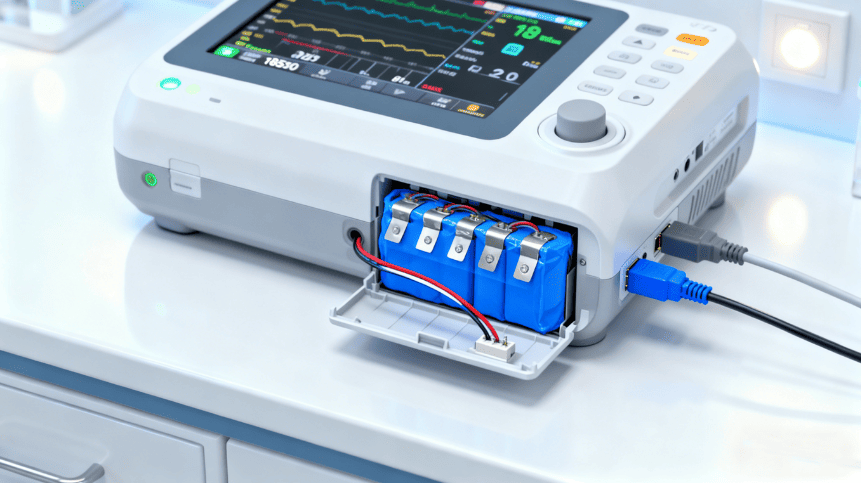 May.2025.11.17Custom Li-ion Battery Design for Medical Devices (2025 Comprehensive Guide)Learn More
May.2025.11.17Custom Li-ion Battery Design for Medical Devices (2025 Comprehensive Guide)Learn More -

 May.2025.11.17The Future of Lithium-Ion Batteries: Innovation, Sustainability, and Global Market TrendsLearn More
May.2025.11.17The Future of Lithium-Ion Batteries: Innovation, Sustainability, and Global Market TrendsLearn More




